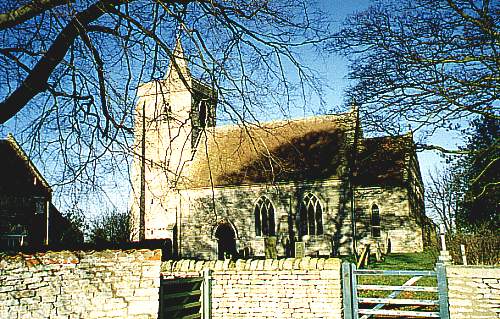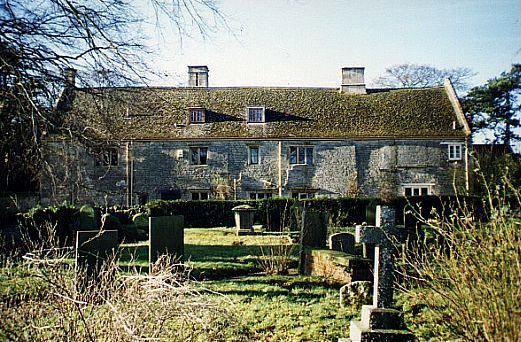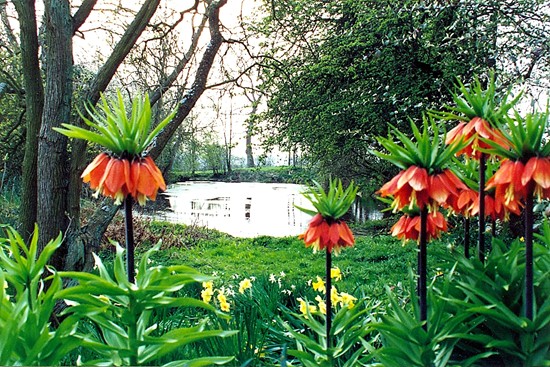|
Sapperton

The houses and church of solid stone at Sapperton, three miles off the A15 west of Folkingham, stand on an elevation near the Roman road from Bourne to Ancaster and this settlement was doubtless of Norman origin. The most arresting feature of the tiny but attractive church is the tiny spire that sits on the 700-year-old tower, looking like a dunce's cap peeping above the treetops as you round the bend in the road.
The church has been largely rebuilt but in the north wall, framing later windows, can be seen the arches of a vanished 13th century aisle. Its ancient possessions include a plain Norman font, a worn stone carving in the floor of a mediaeval woman in a hood and wimple and an old hour-glass stand. On one of the walls is a tablet to William Bland who preached here for fifty-seven years in the 19th century.
Close by the church is the old manor house, long, low and L-shaped with mullioned windows under straight entablatures. Parts of the interior of the building, with its exceptionally thick walls, may well be a survival from those very early days when
the land belonged to Ivo de Taillebois, the d'Albinis, Lord Beaumont and the d'Eyncourts, whose coat of arms was still in the church window in the 17th century. Roger de Saperton held a manor here in 1269 and in the 18th century, after being held by the Duchess of Norfolk, the manor was granted to the Archbishop of Canterbury, as trustees of the Husseys, and it was still known as Hussey Manor in 1731. Thomas, Lord Hussey, was executed by Henry VIII.
In the 17th century, after the marriage of Eleanor Welby of Denton and Sir Richard Earle of Stragglethorpe, the manor was eventually inherited by the Welbys and descendants of this family were still
here in the 20th century. An enormous fireplace has recently been discovered and opened up in the thickness of the ancient walls.

Almost 300 years ago, the house seems to have been used as a rectory when one of the Welby family was the incumbent. The garden walls are built of stone from a magnificent mansion begun here by the Saunders family in a nearby meadow and demolished in 1710 before it was complete. It was grandiose, possessed a saloon with a double staircase at one end and cost £15,000 which would barely pay for a garage extension today. The
picturesque duck pond on the south side is still known as the moat.
|
PHOTO ALBUM |
|
 |
|
Residents provided a colourful addition to the
village pond at Sapperton by planting scarlet Crown Imperial around the
edges, an exotic type of fritillary of the lily family that can be found
in faraway Kashmir but tolerant to our temperate climate here in
Lincolnshire. |

Go to:
Main Index Villages
Index
|


